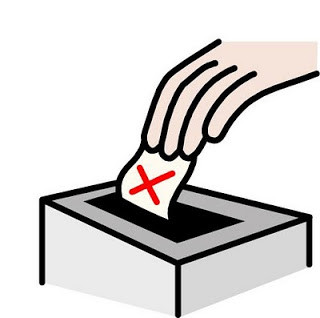September 22, 2015
10 things to know about participating in Election 2015
By Andrew Cardozo

10 things you should know about getting involved in Election 2015
1. Federal election: This is a Federal election. There are two other levels of government: Provincial and Municipal. The Constitution assigns issues to certain levels and sets others as joint responsibilities. So, Defence and International affairs are federal. Education is provincial. Health is provincial but receives some federal funding and operates under federal law. Immigration is primarily a federal responsibility but provinces have an increasing role. Public transit is primarily municipal but needs provincial and federal investment for major projects.
2. Parties and Prime Ministers: We do not vote directly for the Prime Minister, but do so indirectly. We vote for Members of Parliament (MPs). There are 338 ridings or constituencies, and the party that wins most ridings (ends up with most MPs) is called on to form the government (by the Governor General) and that party’s leader becomes PM
• A majority government is where one party wins over 50% of the seats (170 seats), not necessarily the majority of the votes (the popular vote). Most majority governments do not have a majority of the votes.
• A minority government is where one party which has less than 170 seats can form the government if other MPs or parties support them for a total of at least 170.
• “Coalition governments” are possible if more than one party decide to work together, so they have least 170 seats and then they form a joint cabinet.
3. Political Parties. There are some 20 federal parties. In this election we can consider 4 groupings of candidates:
• The 3 big parties: Conservatives, New Democrats, Liberals
• The 2 small ones: Greens and Bloc Quebecois (the latter in Quebec only)
• Others: Christian Heritage, Communist, Progressive Canadian, Libertarian… (http://www.elections.ca/content.aspx?dir=par&document=index&lang=e§ion=pol
• Independent candidates. People who want to run but not as part of a party.
4. One vote. You get one ballot for your local MP. There are no other votes to be cast.
5. Who can run? Any Canadian citizen. Parties have a process for selecting candidates, either through a nomination contest of the party members in the riding, or through appointment by the leader.
6. Who can vote? Any Canadian citizen. However pursuant the so-called “Fair Election Act” or 2014, voters will need more official ID then in the past. Briefly, you need two pieces of ID, and between them they should include government-issues ID with a photograph plus proof of address in the riding.
7. Voting days. Election Day is October 19. There are 4 advance voting days: October 9. 10. 11. 12. You can also vote by mail if you are not going to be in your riding then – the deadline to apply for a mail-in ballot is October 13. You can also vote any time in advance of October 19 by going to an Elections Canada office. We now have a Fixed Election Date, which is set as the third Monday in October every four years – although there can be variations to this.
8. Elections Canada. This federal agency administers the election. It is independent of the government and reports to Parliament as a whole. It hires thousands of people in the months leading up to the election and for election day – the people who actually run the election in each riding and count the votes.
9. Information/Debate. You can get info on political parties from their websites (Google them), either for the national party or your riding. News organizations also have a lot of analysis and comparative info daily, and on their websites. Good twitter handles: #cdnpoli; @elxn42 (42nd federal election). You can participate in online debates of various kinds or attend all-candidates meetings organized by community groups in all ridings.
10. How to help out. All parties welcome help in the form of volunteers and money, both of which are essential to running an election. You don’t have to be a Canadian citizen to get involved and there is no age limit. Volunteer roles include canvassing door-to-door, delivering party mail, putting up signs, organizing and helping with events, and fundraising.
Source: www.thepearsoncentre.ca



